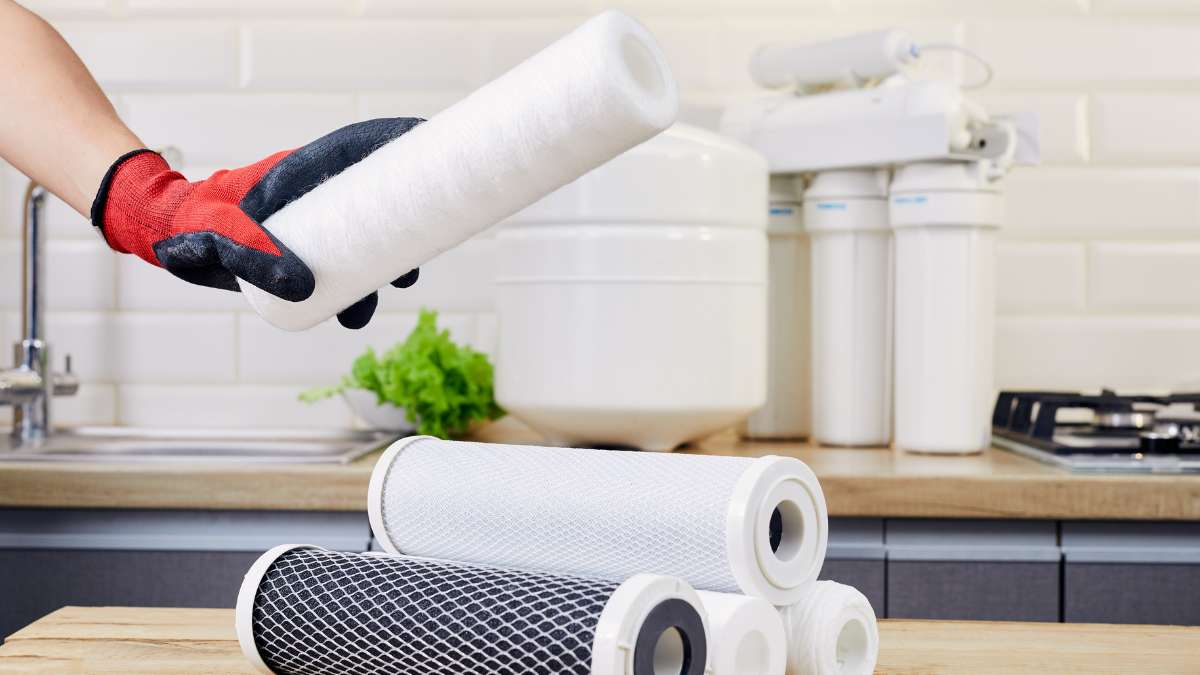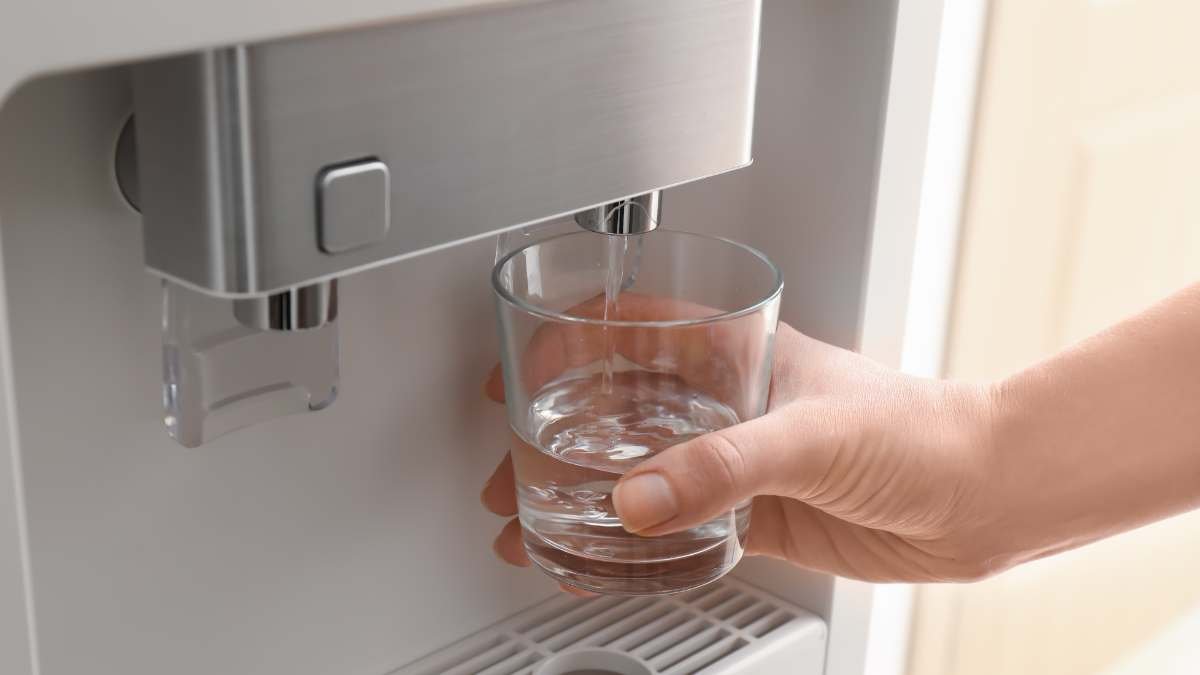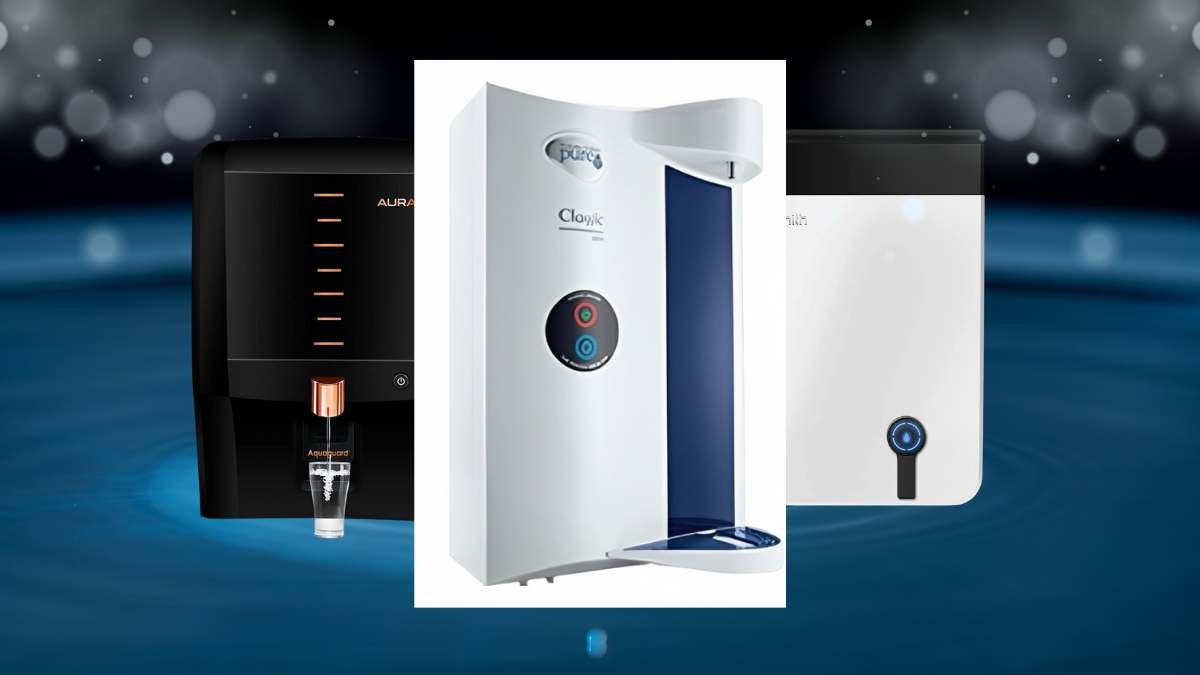
Water purifiers with stainless steel and plastic tanks are two of the most common types of water purifiers for home use. But which material makes the better storage tank? In this blogpost, I will compare stainless steel and plastic tanks looks at the durability, taste, cost, maintenance, health impacts, and other factors to help determine the ideal water purifier tank material for different needs.
What is Stainless Steel Tank Water Purifier?
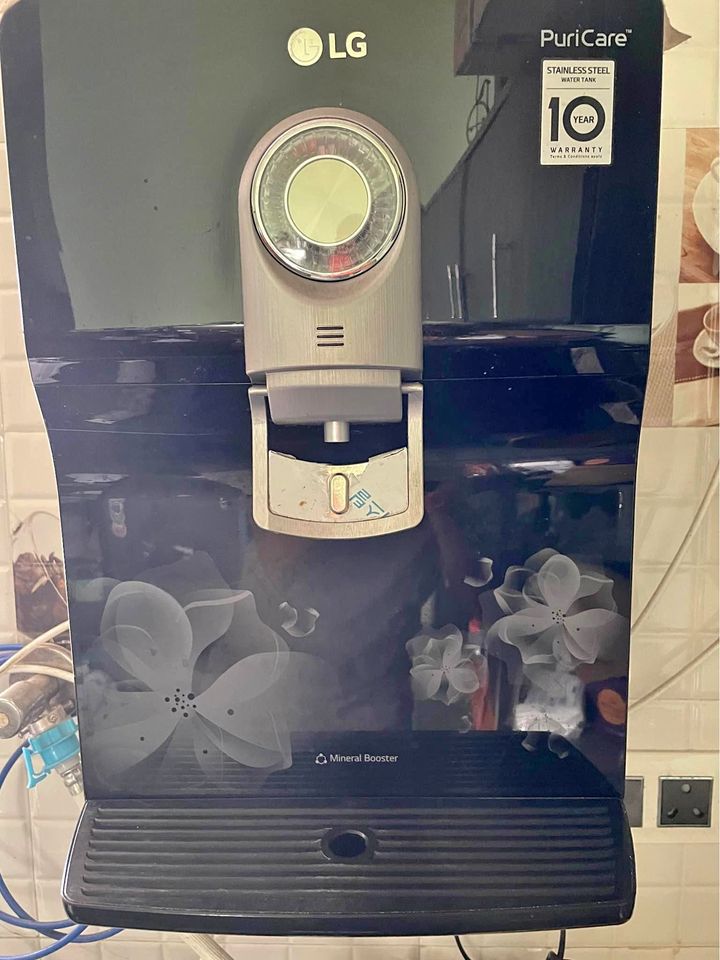
Stainless steel tanks have long been the gold standard material for water purifier storage tanks. The interior tank is made completely of stainless steel, while the outer body may be stainless steel for a uniform look or plastic for insulation.
Stainless Steel Tank Benefits:
- Extremely durable
- Long-lasting
- Naturally hygienic
- Neutral tasting
- Easy to clean
- Visually appealing
What is Plastic Tank Water Purifier?

Plastic tank water purifiers have the storage tank made completely of food-grade plastic, usually polycarbonate or ABS. The outer body may be plastic or steel.
- Very affordable
- Lightweight
- Portable
- Colour options
- Insulated
- Condensation-free
Stainless Steel and Plastic Tank Comparison
Now let’s dive into a detailed feature-by-feature comparison of stainless steel and plastic tank water purifiers across the most important factors for consumers.
Durability and Longevity
Stainless steel tanks are vastly more durable and long-lasting than plastic tanks. With proper maintenance like annual deep cleaning, steel tanks can easily provide over 15 years of reliable use without corrosion or failure.
Plastic tanks become far more prone to cracks, splits, leaks, and warping after just 3-5 years. Over time, plastic becomes brittle and impacted by wear and tear. The incredible longevity of stainless steel makes it the better value in the long run. It avoids the replacement costs associated with lower-grade plastic tanks.
Taste and Safety
Stainless steel naturally prevents bacterial growth while remaining completely neutral-tasting. It does not affect or degrade water flavour in any way. This makes for the best tasting, freshest water.
Plastic tanks have a higher risk of imparting slight plastic or chemical tastes and Odors to the purified water over time as the material breaks down. Plastic is also more prone to growing biofilm or microbes without very frequent and thorough cleaning.
For the purest tasting and safest water, stainless steel tanks are undoubtedly preferred over plastic alternatives. The inert properties of stainless steel simply cannot be matched by any type of plastic polymer.
Cost and Affordability
There is no contest here – plastic tank purifiers are far more affordable and cheaper upfront, sometimes costing only half as much as similar stainless-steel models. The lower material cost for plastic makes it the clear winner if budget is the top concern.
However, stainless steel water purifiers offer much greater value in the long run that offsets the higher initial investment. By avoiding the replacement costs associated with lower lifespan plastic tanks, steel tanks save money over 5-10 years of use. But tight budgets will still Favor plastic tanks for the cheaper purchase price.
Weight and Portability
With a much lower density than metal, plastic water storage tanks make the whole water purifier unit significantly lighter than stainless steel models, often by 15-20 pounds. This greatly improved portability and easier mobility makes plastic tanks the winner if lightweight and manoeuvrability are priorities.
Stainless steel water purifiers can be very heavy and difficult to shift around under kitchen cabinets or onto countertops. For consumers needing a portable purifier option, plastic tanks have a clear advantage versus heavy steel.
Maintenance and Cleaning
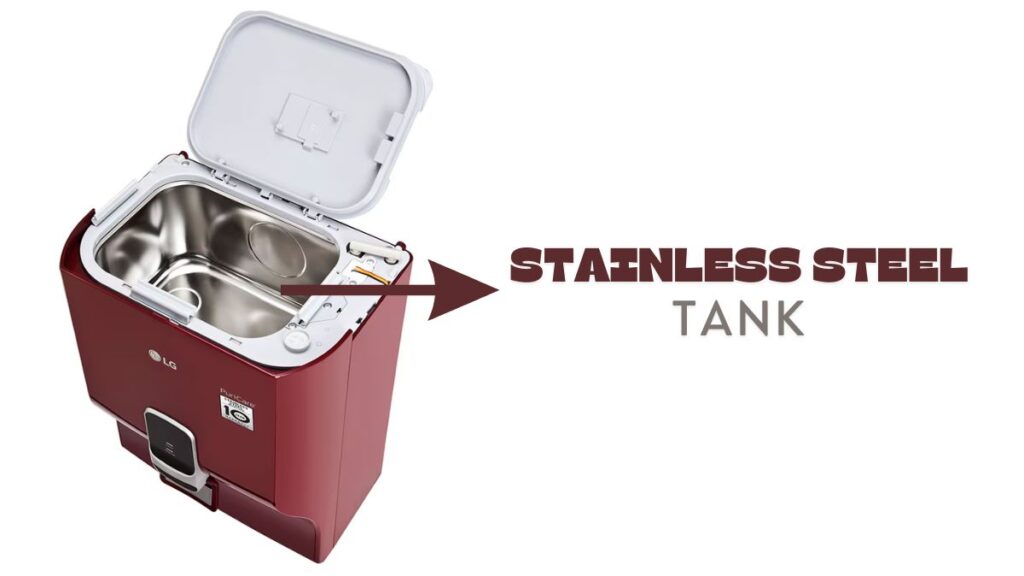
The ultra smooth, non-porous surface of stainless steel tanks is far easier to scrub, sanitize, and keep hygienic compared to plastic tanks. Harsh cleaning chemicals and scrub brushes can be used aggressively on durable steel.
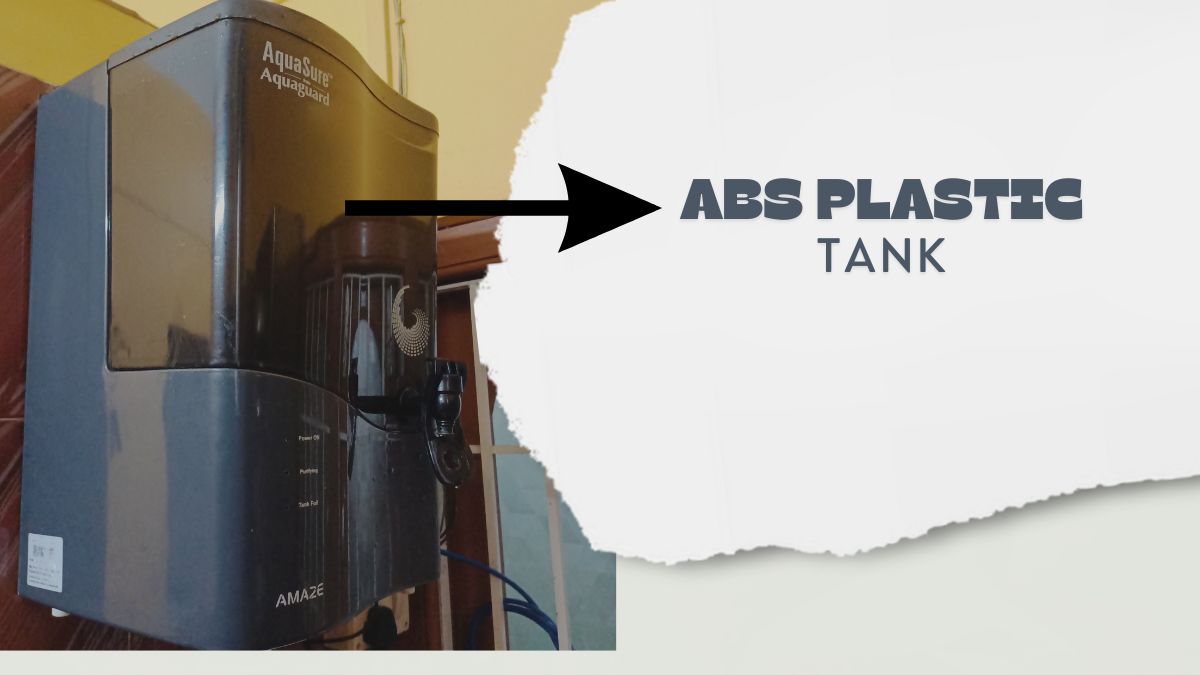
Plastic tanks require very frequent and careful cleaning with gentle agents to prevent dangerous mold and bacterial growth in micro-crevices. The high-maintenance care needs of plastic make stainless steel tanks far easier for consumers to keep clean.
Environmental Impact
Both plastic and stainless steel are highly recyclable materials. However, stainless steel is ultimately much better for the environment long-term. Steel is infinitely reusable without any degradation in quality or performance. It can be recycled and repurposed indefinitely.
Plastic disposal contributes to landfill waste and pollution through breakdown into microplastics. The finite lifespan and disposal requirements of plastics make stainless steel the greener, more sustainable choice for an eco-friendly consumer.
Aesthetics
This category comes down 100% to personal preferences. Stainless steel tanks offer a modern, sleek, and elegant look. The polished chrome finish looks upscale and fits seamlessly into nearly any kitchen.
Plastic tanks often come in a variety of colours like black, white, blue, red, etc. This allows consumers to choose a look that matches their kitchen decor. However, plastic is inherently seen as a cheaper material than the high-end appeal of stainless steel.
For aesthetics, beauty is in the eye of the beholder. Those valuing colour coordination may prefer plastic, while stainless steel aficionados appreciate the sophisticated uniform look.
Health Considerations
The naturally germ-resistant properties of stainless steel prevent microbial growth far better than plastic. With adequate cleaning, steel tanks avoid bacteria buildup that could enter the drinking water and threaten health.
Plastic has higher risks of biofilm accumulation and bacteria colonization over time when cleaning is inadequate or infrequent. Mold and microbes can more easily take hold. For safer drinking water, stainless steel is certainly the healthier choice for storage tanks.
Verdict:
Now, you know both these tanks merits and demerits, both options have their merits. Stainless steel clearly wins in terms of durability, with a lifespan 3 times longer than plastic. The non-porous surface also makes cleaning and maintaining hygiene much easier compared to plastic which can allow bacterial growth if not cleaned properly.
However, plastic tanks are significantly more affordable upfront, typically costing only 50-70% of the price of stainless steel purifiers. Plastic is also preferable in terms of portability since plastic tanks can weigh nearly 50% less than stainless steel.
If you are looking for a long-term investment in a water purifier, stainless steel is the better option. Though more expensive initially, a stainless steel purifier should easily last 15+ years.
| Material | Durability | Hygiene | Cost | Portability | Recommended For |
| Stainless Steel | 15+ years | Excellent | ₹12-30K | Heavier | Long term investment |
| Plastic | 4-5 years | Moderate | ₹4-12K | Lighter | Budget option |
But plastic tank purifiers can be a good budget-friendly option for families who don’t mind replacing it after 4-5 years. Plastic is also good for home or as a secondary purifier that needs to be moved around frequently. Evaluate your family’s budget and needs to pick the right material.




